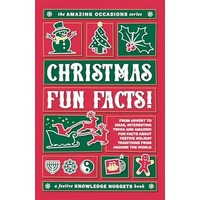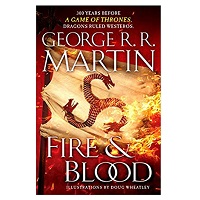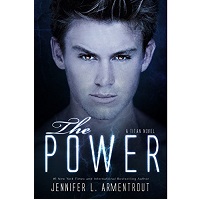Christmas Fun Facts! by Marianne Jennings EPUB & PDF – eBook Details Online
- Status: Available for Free Download
- Author: Marianne Jennings
- Language: English
- Genre: Science Fiction
- Format: PDF / EPUB
- Size: 9.5 MB
- Price: Free
the origins of christmas
Pagan Festivals and Winter Solstice
In the frosty embrace of winter, long before twinkling lights adorned
our homes and jolly carols filled the air, ancient civilizations found
warmth in the midst of the chill. These age-old communities celebrated
the winter solstice, that magical day when the night is at its longest and
daylight begins its return, promising the rebirth of spring. From grand
bonfires that mimicked the sun’s warmth to feasts that bolstered communal
spirit, these Pagan festivals—such as the Roman Saturnalia or the Nordic
Yule—paved the way for future festivities in the heart of winter.
winter solstice❄
The term “solstice” is derived from the Latin words “sol” (sun) and
“sistere” (to stand still). During this celestial event, the sun appears
momentarily stationary in the sky.
In the northern hemisphere, the December solstice is the winter solstice,
marked by the shortest day and longest night of the year. Conversely, for
those in the southern hemisphere, this is their summer solstice, with the
longest day and shortest night. This event signifies the sun reaching its
southernmost point in the sky. Days begin to lengthen in the north and
shorten in the south post-solstice. Cultures around the world, both past and
present, celebrate this significant solar occasion.
modern-day connection?
The theme of light prevailing over darkness, commonly associated with the
winter solstice, is also a theme in many Christian traditions related to the
birth of Jesus.
stonehenge secrets

Sunset at Stonehenge. Photo by Iva Vanurova via depositphotos.co
During the winter solstice at Stonehenge, the sun creates a magical scene as
it sets between two significant structures: the central Altar stone and the
Slaughter stone. These structures form the largest trilithon, which consists
of two upright stones supporting a horizontal stone on top. Today,
Stonehenge draws thousands during both the winter and summer solstices.
Attendees celebrate with song, dance, and festive attire, ensuring these
ancient traditions continue to thrive.
candles & bonfires ?
Candles and bonfires were a significant part of solstice celebrations.
Lighting a fire was symbolic of the sun’s return, driving away dark spirits
and inviting warmth back to the land.
saturnalia?
Saturnalia was an ancient Roman festival held in honor of the god Saturn. It
was one of the most popular and long-standing festivals in Roman history,
and laid the cultural groundwork for many modern Christmas traditions.
While Saturnalia was primarily a Pagan festival, many of its traditions—
and the spirit of merrymaking, feasting, and gift-giving—carried forward
into the celebrations of Christmas, especially after Christianity became the
dominant religion of the Roman Empire.
saturnalia dates?
Saturnalia initially started on December 17, but eventually was expanded to
a week-long festivity, lasting until December 23.
role reversals?
One of the most distinct aspects of Saturnalia was the temporary reversal of
societal roles. Masters served meals to their slaves, and the usual order of
society was turned on its head. This was done to reflect the god Saturn’s
golden age, where peace and harmony prevailed.
feasting & git giving?
Much like Christmas today, Saturnalia was a time for feasting, and an
exchange of gifts. Common gifts included small figurines, candles
(symbolizing the increase of light after the solstice), and sigillaria
(decorative earthenware).
holiday greetings?
For More Read Download This Book
EPUB



